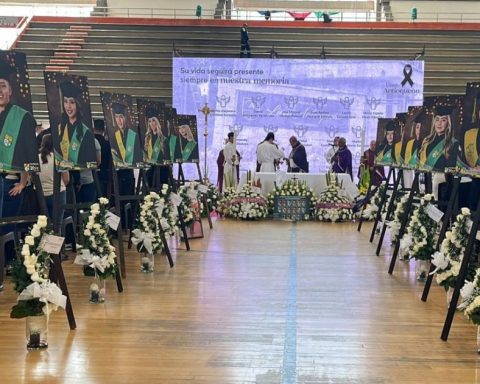The Ministry of Transportation presented the update of the contents of the curricula and the requirements for the authorization of the Automotive Education Centers (CEA) in the country.
(Driver’s license: what you need to know to renew it).
This update contains the specialization in training by categories, the inclusion of a competency approach from three perspectives: theoretical, practical and aptitudinal and modifies resolution 3245 of 2009 that establishes the requirements for its qualification.
With this new rule, the Automobile Education Centers (CEA) will have four months from the date of issue of the resolution to update their contents, which must be supported by the educational resources of the National Road Safety Agency.
“For us it is a great advance that we can leave curricula that give them better tools and methodologies that generate significant knowledge for new drivers in the country. Likewise, we are focused so that this update of the driver training schemes in the automotive education centers is in accordance with the current requirements and regulations of the country and that they become a model of evaluation by competencies, taking into account the aptitudes of each applicant, according to the driver’s license for which he wishes to opt for “assured Luis lota, director of the National Road Safety Agency.
(Fees for the issuance of driving licenses for cars and motorcycles).
The new norm is given through the articulated work between the Ministry of Transport, the National Road Safety Agency (ANSV) and the Ministry of National Education, which evidenced the need to articulate the training courses for drivers and instructors with five competencies for the safe mobility.
In this way, the ministry expects the graduate to have clear knowledge in understanding the environment, an ideal mobility according to the means of transport, the assessment of risk and vulnerability in mobility, as well as assuming the regulation and being co-responsible in the dynamics of mobility.
Among other things, it is highlighted that the CEA will have to use the digital virtual resources of the ANSV Road Safety School, have a didactic guide for planning and monitoring class sessions.
In addition, the training course must have three modules
A) Theoretical training: Recognize the theoretical aspects related to the Thematic nuclei: Safe and Sustainable Mobility, Traffic Regulations, Road Signs and Road Infrastructure, and Vehicles.
B) Applied basic training: Identify the elements that make up the pre-operational review and the basic mechanics and electronics of the vehicle, taking into account the associated road safety criteria.
C) Specific training: Apply theoretical-practical knowledge in simulated contexts and road traffic by carrying out driving maneuvers taking into account traffic regulations and road signs and infrastructure for safe and sustainable mobility.
BRIEFCASE
















